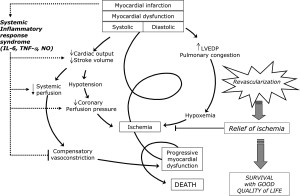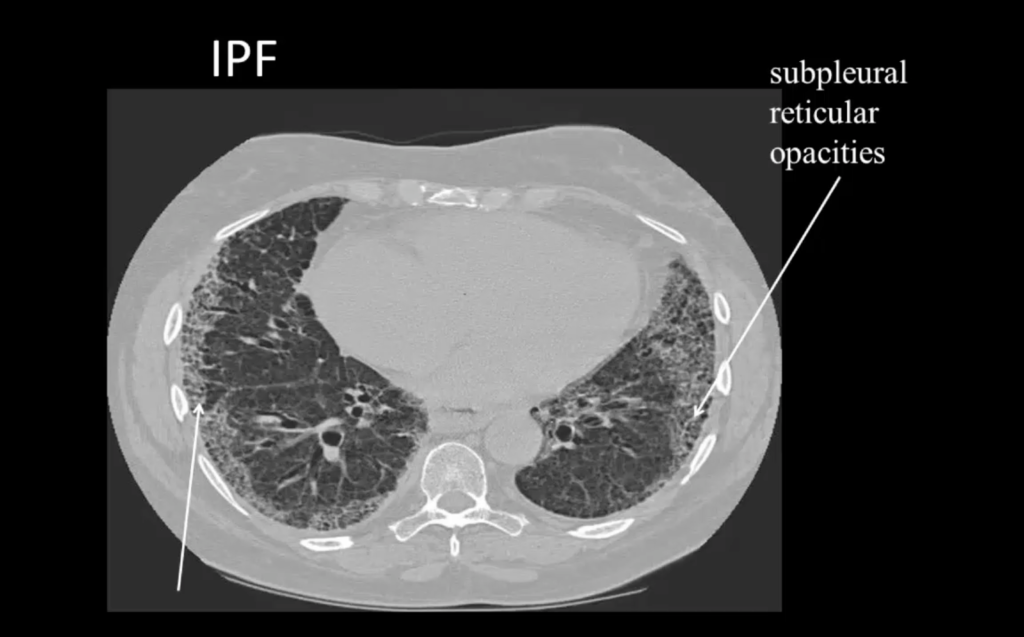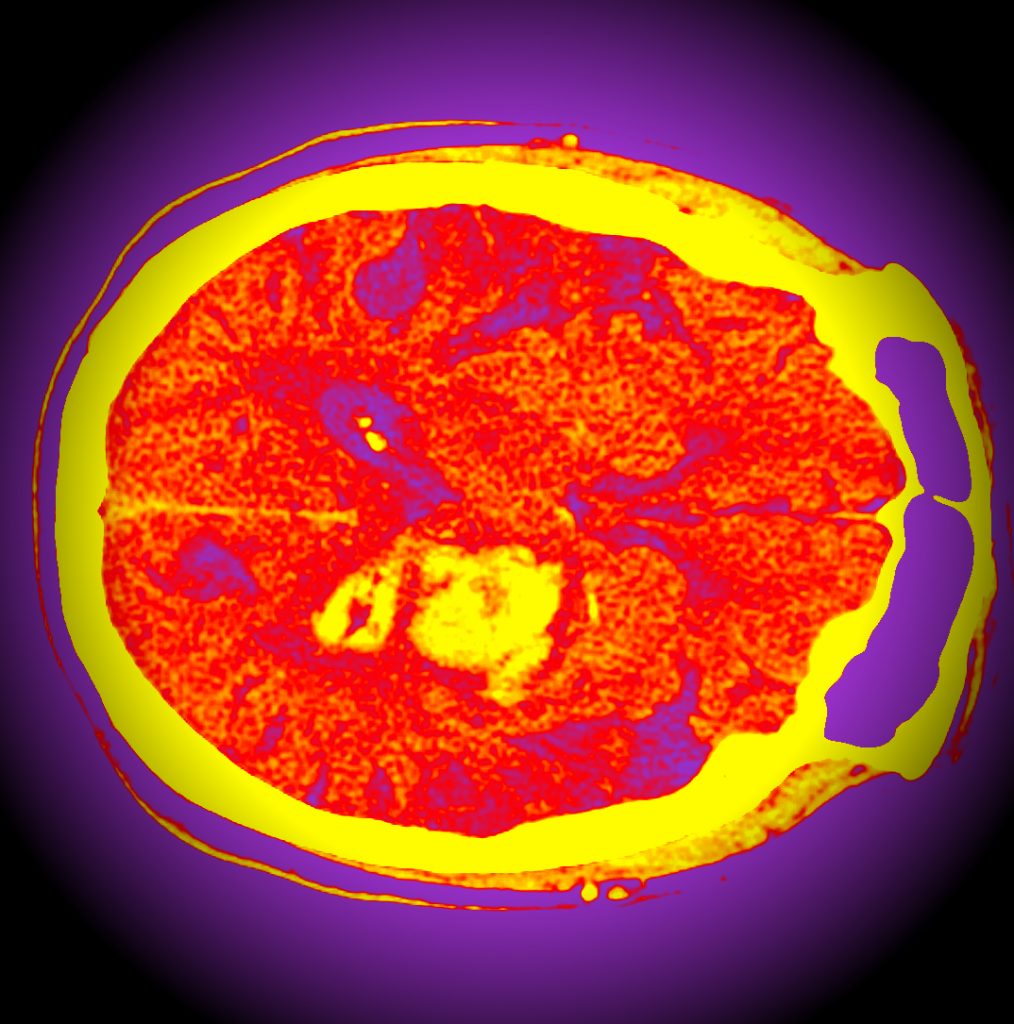Today we are fortunate to have Dr. Sammy Zakaria, Assistant Director of the Johns Hopkins Bayview Cardiac Intensive Care Unit and overall cardiac critical care guru. He will discuss his take on the basics of cardiogenic shock and cardiopulmonary resuscitation. Over the next 60 minutes you will learn not only how to spot the failing heart from the doorway, but also get the tips and tricks in order to disarm the late night emergencies. The conclusion of this journey will introduce you to the new kid on the block: complete extracorporeal support, ie: taking the heart out of the equation!
Podcast: Play in new window | Download
Subscribe: Apple Podcasts | RSS
Step #1 is to identify which type of shock your patient is suffering from.
- The first and greatest tool is bedside echocardiography.
- If you have the resources and STILL are perplexed, a Swan-Ganz Catheter can help narrow down the differential
Harrison’s Principles of Internal Medicine, 18e
Step #2 is to identify the source of cardiogenic shock (mnemonic: RIP- Rhythme, Ischemia, Pump) and start targeted treatment.
- 78.5% of all cardiogenic shock is from acute myocardial infarction
- 5-8% of all STEMIs and 2-5% of all NSTEMIs present in cardiogenic shock
- Early cath lab (w/in 2 hrs) leads to a 6 month survival of 63% (vs. 50%) and a 6 year survival of 37.8% (vs. 14.8%); both showing an ARR of 13.3%!!! (Shock Trial)
Step #3 is to understand the pathophysiology of cardiogenic shock in order to identify early the cascade of effects that leads to death:
Suggested Reading
- Reynolds H.R., Hochman J.S. Cardiogenic shock: current concepts and improving outcomes. Circulation 2008;117:686-697.
- Vincent, J-L., De Backer, D. Circulatory Shock. N Engl J Med 2013;369:1726-34.
- HochmanJS, Sleeper LA, Webb JG, et al. Early revascularization in acute myocardial infarction complicated by cardio-genic shock. SHOCK Investigators. Should weEmergently Revascularize Occluded Coronaries for Cardiogenic Shock. N Engl J Med 1999;341:625–634.





